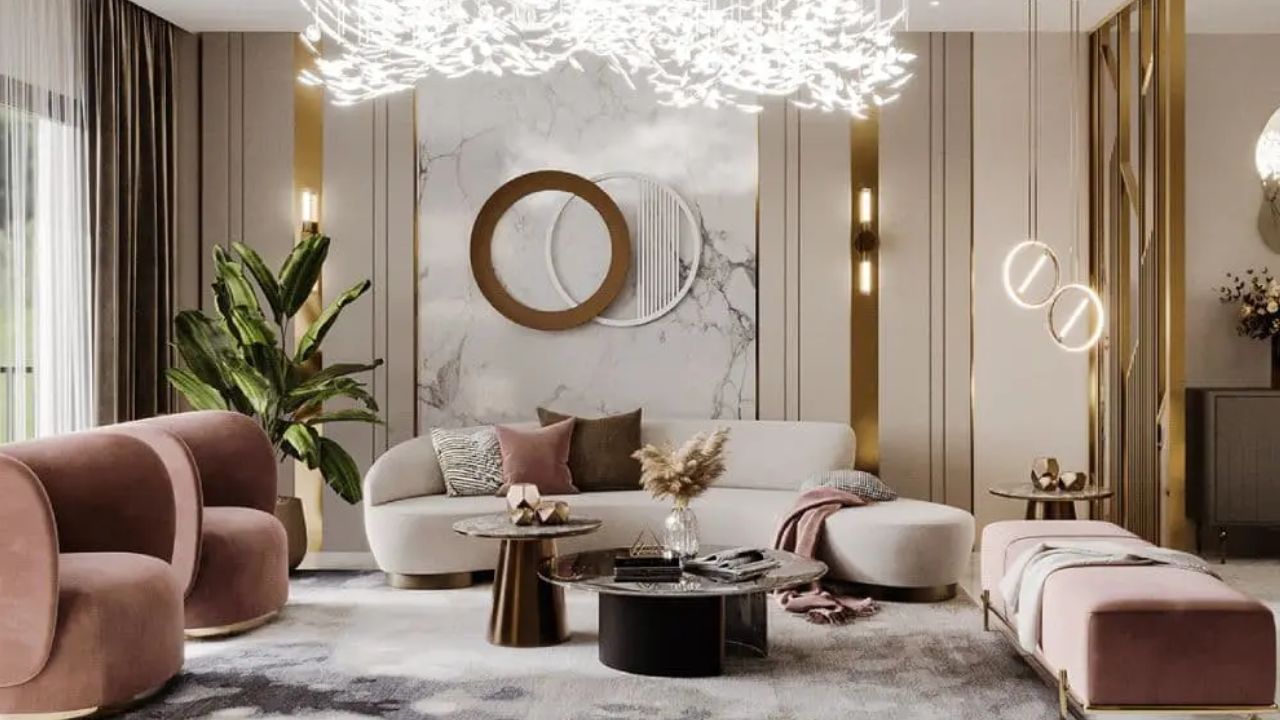Now that people are more aware of their effect on the atmosphere, it is unbearable to consider current custom furniture without taking sustainability into account. With the growing alertness of the buyer towards the location, furniture designers are now using new and sustainable methods to meet this need in detail. Here are five key trends shaping the industry.
Employment of Reclaimed and Recycled Products
Recycled and reclaimed products are now synonymous with sustainable custom furniture. When manufacturers use recycled timber, steel, and glass, they not only save on the amount of waste produced but also design products with character. For instance, barn woods are used to make country-style tables and shelves while metals are recycled to make modern and metallic furniture. So, it saves their raw material purchases and thus reduces the environmental effects of manufacturing goods.
Use of Non-Toxic Finishes
Most traditional furniture finishes emit toxic chemicals into the environment as they are made from toxic materials. Sustainable furniture today uses safe finishes in its furniture and accessories, avoiding toxic products such as lead-based ones, and opting instead for water-based finishes. These finishes retain the look of the materials used while conforming to the highest standards of environmental responsibility. Non-toxic finishes are chief to brands that target buyers who are sensible of their health and the environment in which they live.
Longevity and durability
One of the most significant values of maintainable design is making furniture that will stand the test of time. Sturdiness and simplicity of the products minimize the call for constant replacement which in turn really means less constant discharging to the environment and therefore more sustainability. Local furniture manufacturers are now concentrating on quality and durability to produce furniture that will last for generations. This trend fosters the opposing culture of disposable furniture goods to make them instead of a lifetime investment that is environmentally friendly.
Local Sourcing and Artisanal Craftsmanship
Another emerging trend in sustainable custom furniture is sourcing materials locally and working with talented craftsmen. As a result, local sourcing of goods and services cuts transport-related emissions and reinforces the local economy. Moreover, in the process of artisanal product creation, traditional methods are used, which by default means that the amount of waste generated is minimal as a general rule. This trend also enhances consumer-product relatedness, because people like knowing the history of their furniture.
Versatility and Compactness
Today, people are facing a trend toward saving living space, and that is why multifunctional furniture is becoming a trend. Objects that have double functions, for example, a couch that is also a bed or a table that also acts as a storage space for items optimize the use of material as well as space. This trend is being adopted by custom furniture designers to provide functional furniture that will fit into modern living effectively while observing the principles of sustainability. These designs are not only space efficient but also conform to the concept of resource efficiency.
Conclusion
In the contemporary world, the trends in the sustainable design of custom furniture in modern homes are characterized by the use of environmentally friendly designs that meet the changing consumer needs. These are sustainable and environmentally friendly and they include salvaging and recycling, no-toxic-harmful finishes, making structures long-lasting, locally sourcing, and multipurpose designing. By putting those principles into practice, furniture makers are the latest to cut down their impact on the environment besides creating pieces of furniture that are durable. With sustainability now characterizing many aspects of the twenty-first-century lifestyle, the strategic direction of custom furniture is presented as equally creative and environmental.


